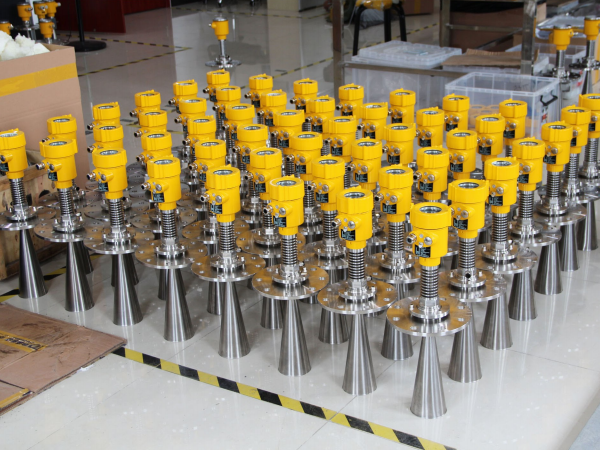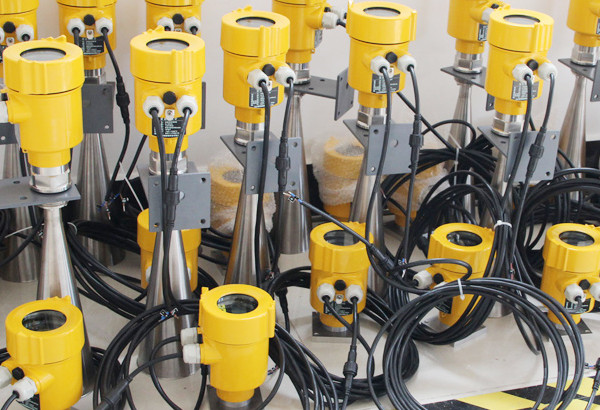Olefin fractionation is a key process in the petrochemical industry, which involves separating olefin components with different boiling points to obtain high-purity products.
This process places extremely high demands on measurement technology, as accurate level, temperature and pressure measurement are essential to ensure product quality and improve production efficiency.
In recent years, radar level meters have been widely used in this process due to their high accuracy and reliability.

The olefin fractionation process is usually carried out in a distillation tower. After the raw materials enter the distillation tower, they are heated and evaporated, and then condensed and refluxed on the tower plate to separate the different components.
In this process, accurate monitoring of the liquid level of each layer is the key to controlling product quality.
Any measurement error may cause the product to fail to meet the specifications, resulting in huge economic losses.
In the olefin fractionation process, traditional liquid level measurement methods such as differential pressure and float types have problems such as high maintenance and delayed response.
In contrast, radar level meters use a non-contact measurement method that is not affected by changes in medium properties and can provide real-time, continuous and high-precision liquid level data, greatly improving operational flexibility and production reliability.

Take the ethylene fractionation unit of a chemical plant as an example. The unit needs to strictly monitor the liquid level of different plates.
The float-type liquid level meter used in the past often malfunctioned, resulting in inaccurate measurements. After upgrading to a radar level meter, the measurement accuracy was significantly improved and the maintenance requirements were greatly reduced.
In the process of implementing the radar level meter, the technicians first determined the measurement range and accuracy requirements.
Due to the complex environment in the fractionation tower, which has the characteristics of high temperature, high pressure, steam, foam, etc., a high-frequency radar level meter suitable for this environment was selected.
During installation, special attention was paid to avoid the influence of obstacles in the tower on the signal, and appropriate materials and installation positions were used to prevent corrosion and physical damage to the equipment.
After using the radar level meter, the operator can monitor the liquid level of each key part of the fractionation tower in real time, adjust the operating parameters in time, and optimize the production process.
This refined management not only improves the purity and output of the product, but also reduces energy consumption and raw material consumption.

From an economic perspective, although the initial investment of radar level meters is relatively high, it helps companies save a lot of costs overall because it reduces maintenance costs and potential production losses.
Statistics show that after using radar level meters, the chemical plant’s annual maintenance costs have dropped by about 30%.
At the same time, due to the enhanced market competitiveness brought about by improved product quality, the annual revenue has increased by about 15%.
The application of radar level meters in olefin fractionation processes not only improves the accuracy and stability of measurements, but also brings significant economic benefits to enterprises by reducing maintenance requirements and improving production efficiency.
The success of this innovative measurement technology marks a solid step forward for the petrochemical industry on the road to a more efficient, automated and intelligent transformation.
